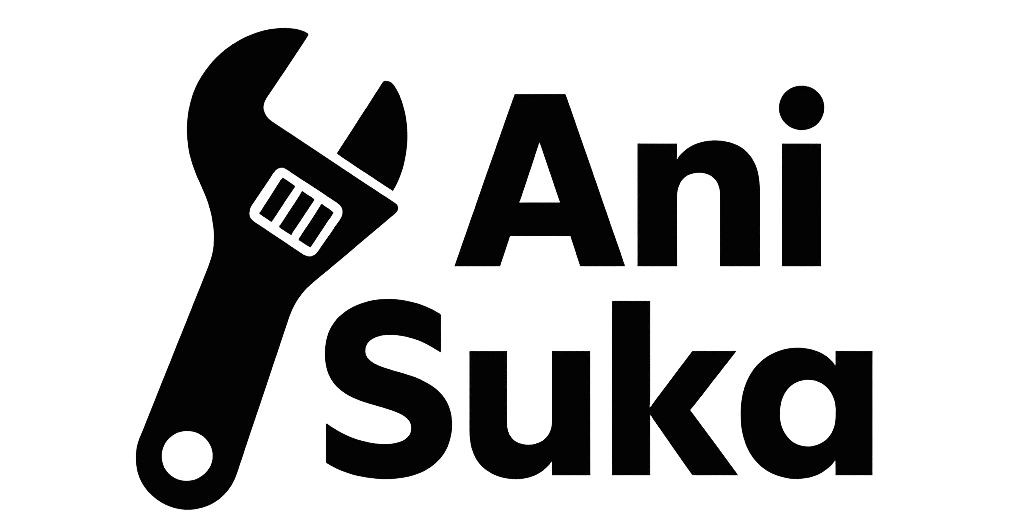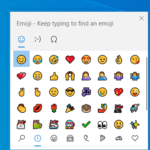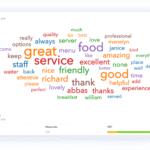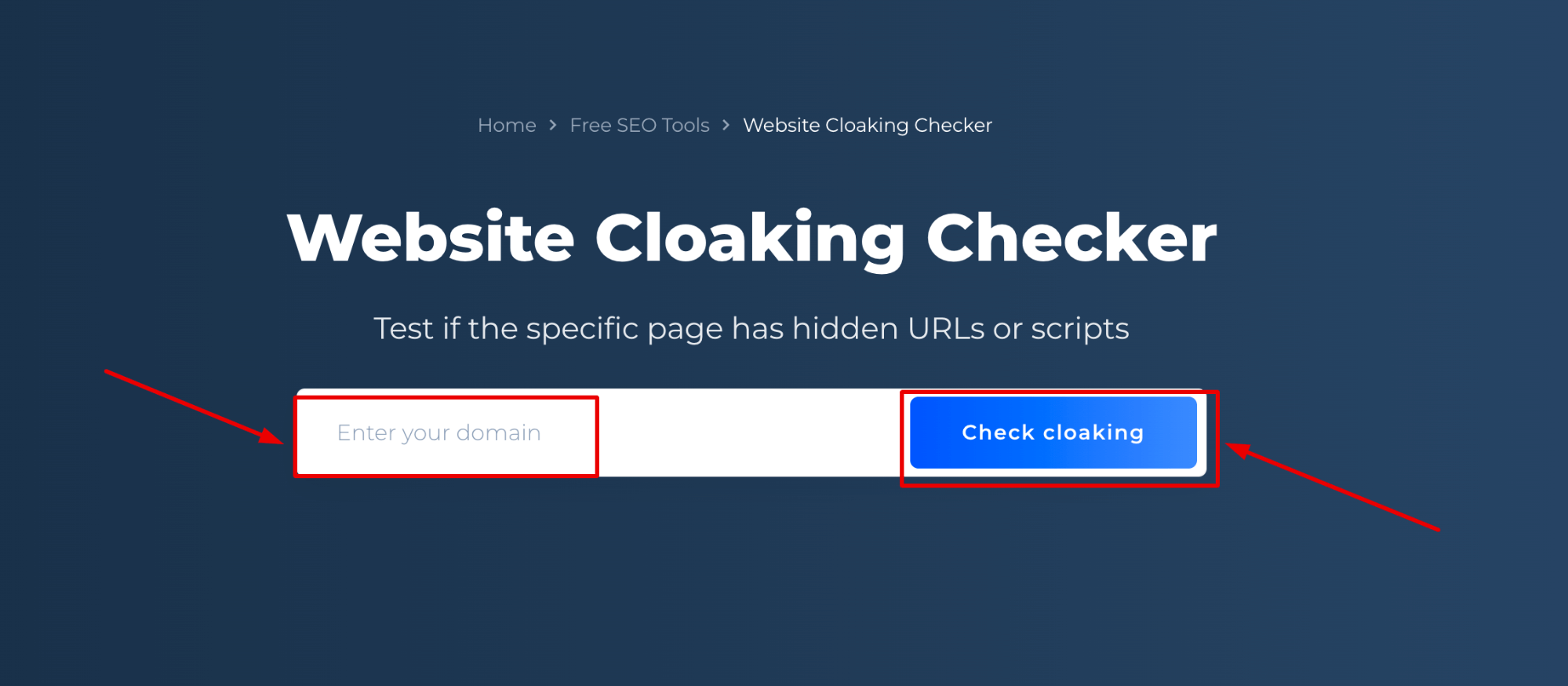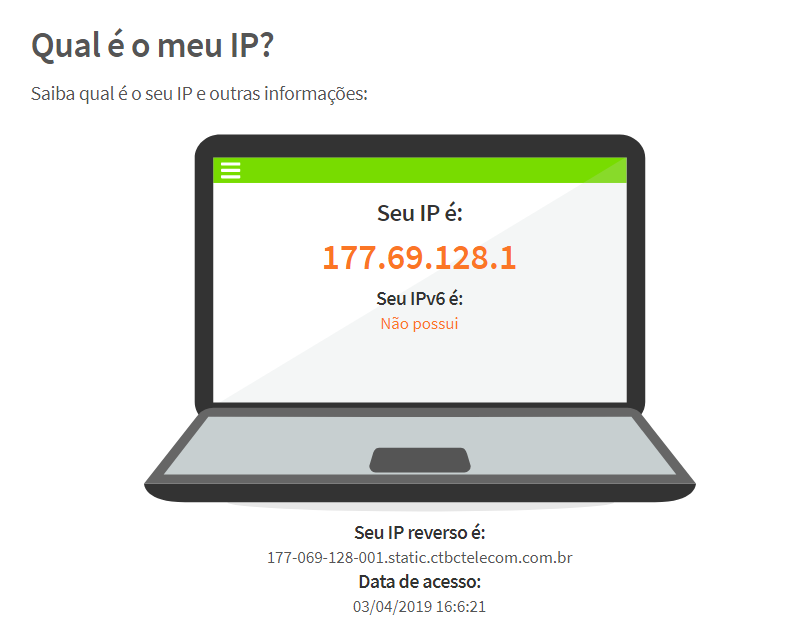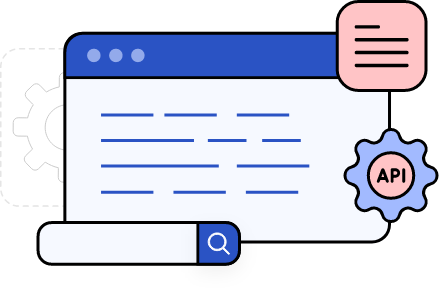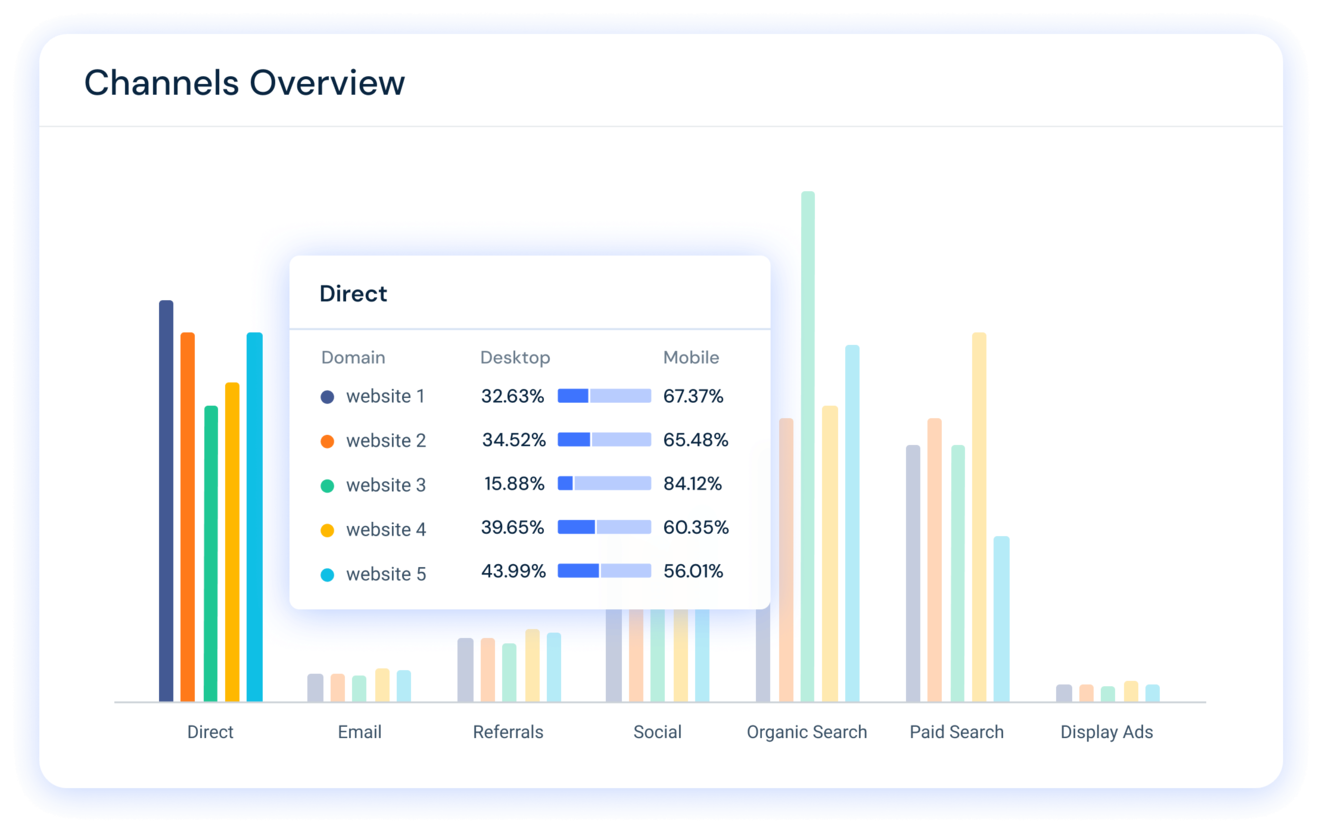Understanding the intricacies of SEO can be a daunting task, especially when it comes to identifying deceptive practices like cloaking. This technique, when used improperly, can significantly harm a website’s credibility and search engine ranking.
In this comprehensive guide, we will explore the concept of cloaking, its workings, and the risks associated with it. Additionally, we’ll delve into the tools and methods used to detect and avoid cloaking, keeping your SEO strategy transparent and effective.
What Is Cloaking in SEO?
Cloaking in SEO is a technique where different content is shown to search engines than to users. This deceptive practice is often employed to game the system, presenting search engine bots with keyword-rich content while delivering entirely different content to the end-user.
Initially, cloaking emerged as a way to tailor content for users based on their browser type or access permissions. However, it has since been co-opted by some as a black hat SEO strategy to mislead search engines and boost rankings unethically.
The use of cloaking can undermine the trust between a website and its visitors, as well as between the site and search engines. It can lead to a distorted user experience, as the content presented may not match what was promised in the search engine results.
How Does Cloaking Work?
Cloaking works by using server-side scripts to distinguish between search engine bots and regular users. Depending on who is accessing the site, the server presents different versions of the web page. This is typically done without the user’s knowledge.

One common method involves IP delivery, where the server checks the IP address of a visitor to determine whether it belongs to a search engine. If it does, a high-SEO-value page is served. If not, the visitor sees a different page.
This tactic can be sophisticated, using advanced programming to serve up content that is rich in keywords and optimized for search engine algorithms but provides little value to actual users.
What Are the Risks of Cloaking?
Cloaking carries significant risks, primarily in the form of penalties from search engines like Google. These penalties can range from a decrease in rankings to a complete removal from search engine indexes.
Search engines aim to provide users with the most relevant and valuable content. When they detect cloaking, they see it as an attempt to deceive both the search engine and the user, which is against their guidelines.
Financial losses and damaged reputations are common when a site is penalized for cloaking. It can take considerable time and effort to recover from such penalties, with no guarantee of regaining the lost trust or rankings.
 Page 1 of 0 smallseotools blog.
Page 1 of 0 smallseotools blog.How to Use a Cloaking Checker Tool?
- Enter the URL of the website you want to check into the cloaking checker tool.
- The tool will then simulate both a user and a search engine visit to the page.
- It compares the content served to both the user and the search engine side by side.
- If discrepancies are detected, the tool highlights the differences, indicating potential cloaking.
- Use the results to investigate further and rectify any cloaking issues.
A Cloaking Checker tool helps in maintaining website transparency and ensuring compliance with search engine guidelines. By regularly auditing your site with these tools, you can avoid unintentional cloaking and maintain the integrity of your SEO practices.

Why Do People Use Cloaking Techniques?
While cloaking is often associated with deceptive practices, it’s important to understand why some webmasters might resort to it. Some believe they can gain a quick advantage in search rankings by showing search engines content that is overly optimized while presenting a more user-friendly version to visitors.
Oftentimes, the motivation behind cloaking is to improve performance on certain high-traffic keywords, without considering the long-term consequences.
Others may use cloaking to protect their SEO strategies from being copied by competitors or to display different content to users from various geographic locations.
How to Avoid SEO Cloaking Practices?
Ensuring that all users see the same content that search engines index is key to avoiding cloaking practices. Consistency in what you present to both bots and humans helps maintain an ethical SEO strategy.
Instead of resorting to cloaking, focus on creating high-quality, valuable content that is optimized for search engines and satisfies user intent. This includes using relevant keywords, producing original content, and improving user experience.
Regularly audit your website for unintentional cloaking. Sometimes, technical issues such as server misconfigurations can unintentionally cause cloaking.

What Are the Best Cloaking Tools Available?
There are various tools available to detect cloaking on a website. These range from free online services to comprehensive SEO software suites that offer cloaking detection as part of their feature set.
Some of the best tools include Google’s Search Console, which can alert you to potential cloaking issues, and specialized cloaking checkers like Sitechecker and Screaming Frog SEO Spider.
When selecting a cloaking detection tool, consider the depth of analysis it provides, how user-friendly it is, and whether it offers additional SEO auditing features.
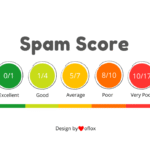 Spam score checker – check spam score of bulk websites
Spam score checker – check spam score of bulk websitesRelated Questions on Cloaking in SEO
What Is Cloaking in SEO?
Cloaking in SEO is the practice of presenting different content or URLs to human users and search engines. This tactic is used to manipulate search engine rankings by showing content that is specifically designed for the algorithm, rather than what a human visitor would typically see.
The principle behind cloaking is to increase a site’s visibility by tricking search engines into ranking the site for relevant keywords, even if the actual content on the page is unrelated or of low quality for users.
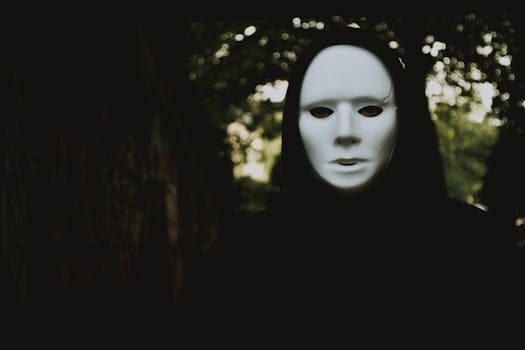
Is Cloaking a Black Hat Technique?
Yes, cloaking is considered a black hat SEO technique. It is seen as deceptive because it involves showing different content to search engines than what is shown to users. This practice goes against the guidelines of most search engines and can lead to severe penalties, including deindexing.
Black hat techniques like cloaking are high-risk strategies that can lead to short-term gains but have significant long-term consequences for a website’s online presence and trustworthiness.
How Do You Check for Cloaking?
To check for cloaking, you can use specialized tools known as cloaking checkers. These tools analyze a website by simulating both a user and a search engine visit. They compare the responses to identify any discrepancies that could indicate cloaking.
Another method is to examine the website’s server configuration files, such as .htaccess on Apache servers, to detect any rules that serve different content based on user-agent strings.
What Are the Consequences of Cloaking?
The consequences of using cloaking can be dire for a website. Search engines may impose penalties, such as lowering the site’s rankings or removing it from the index entirely. This can lead to a significant drop in organic traffic and, consequently, a loss of revenue.
Additionally, cloaking can damage a website’s reputation among users and within the industry, making it harder to build a loyal audience or business partnerships.

How Can I Avoid SEO Cloaking?
To avoid SEO cloaking, ensure that the same content is being served to both search engine bots and human visitors. Focus on ethical SEO practices, such as producing high-quality content that matches the search intent of your users.
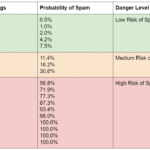 What is Spam Score & How Does It Affect Your Website?
What is Spam Score & How Does It Affect Your Website?Regular monitoring and auditing of your website can also prevent unintentional cloaking caused by technical issues. Employing a cloaking checker tool can help detect any inadvertent cloaking and allow you to address it promptly.
